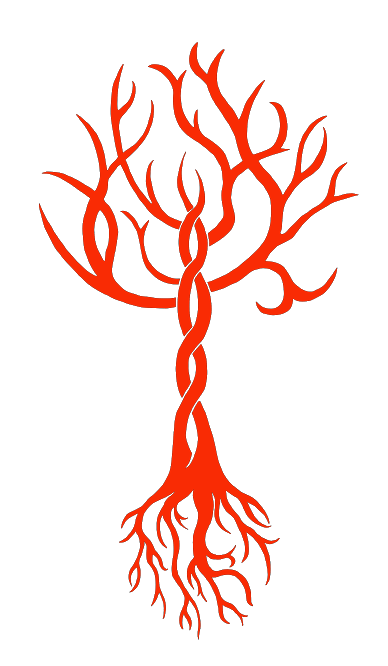Difference between revisions of "Team:Yale/practices"
Hydrosquall (Talk | contribs) (Created page with "{{ Yale }} <!DOCTYPE html> <html lang="en"> <head> <title>Yale iGem 2015: Human Practices</title> <meta charset="utf-8"> <meta http-equiv="X-UA-Compatible" content...") |
Hydrosquall (Talk | contribs) |
||
| Line 15: | Line 15: | ||
<nav class="nav-contain"> | <nav class="nav-contain"> | ||
<ul class="nav"> | <ul class="nav"> | ||
| − | <li> <a href=" | + | <li> <a href="https://2015.igem.org/Team:Yale" class="logoMark"> <span>Non</span><span>Model</span></a> |
</li> | </li> | ||
<li class="submenu"><a href="https://2015.igem.org/Team:Yale/project">Project</a> | <li class="submenu"><a href="https://2015.igem.org/Team:Yale/project">Project</a> | ||
Revision as of 14:50, 8 September 2015
<!DOCTYPE html>
Human Practices
Sharing knowledge with the community
To err is human, to forgive divine
Synthetic Biology Documentary
Put some sort of appropriate caption here. Shoutout to Dr. Isaacs.
SSRI
Sour Salamanders Routinely Irrigate
Biofilm formation on surfaces is an issue in the medical field, naval industry, and other areas. We developed an anti-fouling peptide with two modular components: a mussel adhesion protein (MAP) anchor and LL-37, an antimicrobial peptide. MAPs can selectively attach to metal and organic surfaces via L-3,5-dihydroxyphenylalanine (L-DOPA), a nonstandard amino acid that was incorporated using a genetically recoded organism (GRO). Because this peptide is toxic to the GRO in which it is produced, we designed a better controlled inducible system that limits basal expression. This was achieved through a novel T7 riboregulation system that controls expression at both the transcriptional and translational levels.
Biofilm formation on surfaces is an issue in the medical field, naval industry, and other areas. We developed an anti-fouling peptide with two modular components: a mussel adhesion protein (MAP) anchor and LL-37, an antimicrobial peptide. MAPs can selectively attach to metal and organic surfaces via L-3,5-dihydroxyphenylalanine (L-DOPA), a nonstandard amino acid that was incorporated using a genetically recoded organism (GRO). Because this peptide is toxic to the GRO in which it is produced, we designed a better controlled inducible system that limits basal expression. This was achieved through a novel T7 riboregulation system that controls expression at both the transcriptional and translational levels.
LGBTQ Survey
Biofilm formation on surfaces is an issue in the medical field, naval industry, and other areas. We developed an anti-fouling peptide with two modular components: a mussel adhesion protein (MAP) anchor and LL-37, an antimicrobial peptide. MAPs can selectively attach to metal and organic surfaces via L-3,5-dihydroxyphenylalanine (L-DOPA), a nonstandard amino acid that was incorporated using a genetically recoded organism (GRO). Because this peptide is toxic to the GRO in which it is produced, we designed a better controlled inducible system that limits basal expression. This was achieved through a novel T7 riboregulation system that controls expression at both the transcriptional and translational levels.
Biofilm formation on surfaces is an issue in the medical field, naval industry, and other areas. We developed an anti-fouling peptide with two modular components: a mussel adhesion protein (MAP) anchor and LL-37, an antimicrobial peptide. MAPs can selectively attach to metal and organic surfaces via L-3,5-dihydroxyphenylalanine (L-DOPA), a nonstandard amino acid that was incorporated using a genetically recoded organism (GRO). Because this peptide is toxic to the GRO in which it is produced, we designed a better controlled inducible system that limits basal expression. This was achieved through a novel T7 riboregulation system that controls expression at both the transcriptional and translational levels.

